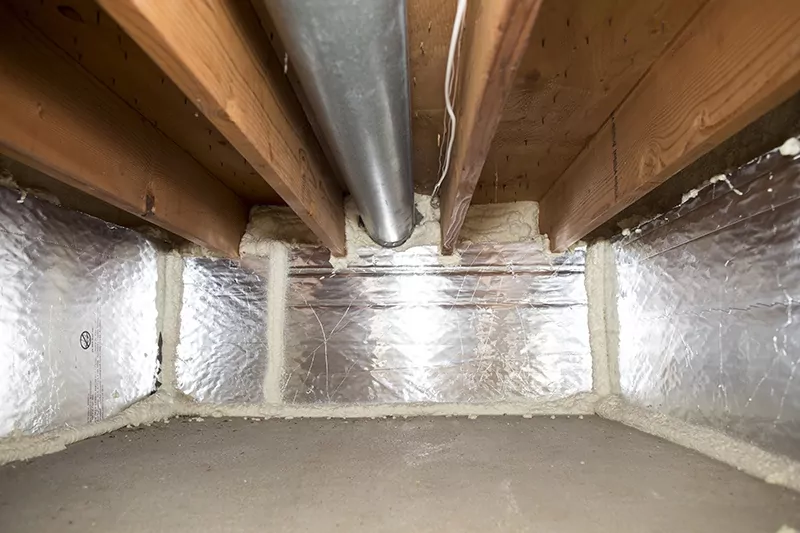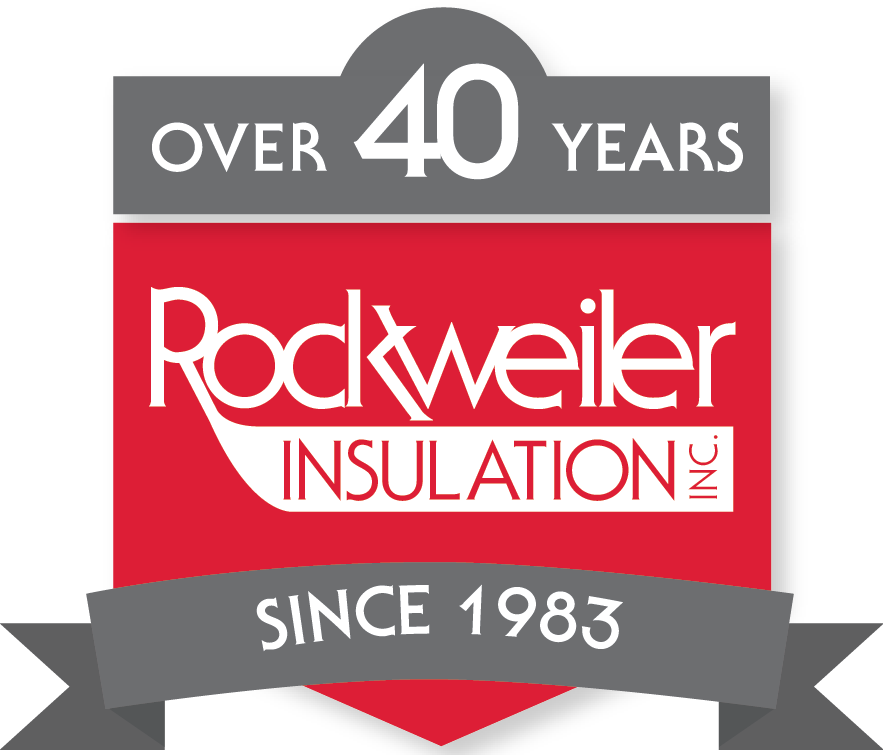Updated August 2023
Effective insulation in attics and basements is a cornerstone of energy-efficient homes. It not only maintains comfortable indoor temperatures but also offers a range of benefits, from reducing energy bills to minimizing environmental impact. In this blog, we’ll delve into the crucial role of insulation in attics and basements, exploring where and why it’s essential to insulate. Discover insights on materials, techniques, and the long-term advantages of creating well-insulated spaces for a more sustainable and cost-effective living environment.
Understanding Attics

Attics serve as vital spaces in our homes, often used for storage or housing HVAC systems. However, inadequate attic insulation can lead to common issues like energy loss, uneven temperatures, and moisture buildup. This is because when air escapes your home, it goes up into the attic and not out, therefore making your attic the first place to start when making home energy upgrades. To counter these common problems, several insulation options have proven effective for attics, including fiberglass and spray foam insulation. When adding insulation to your attic, focus on the attic walls, floor, and roof. This not only enhances energy efficiency by minimizing heat transfer but also controls moisture, regulates temperatures, and even provides soundproofing, creating a more comfortable area.
Examining Basements
Basements play a crucial role in homes, serving as versatile spaces for storage, living areas, or utility rooms. Inadequate insulation can lead to issues like cold floors, dampness, and energy wastage. Although insulating your basement walls, floors, and ceilings is important, the most critical area to focus on when considering basement insulation is your basement box sills.

Box sills are where the outside wall of your home meets the floor joists of the first floor. They are one of the thinnest points in your home’s exterior and can dramatically affect the temperature in your basement. Spray foam insulation is the most effective insulation choice to insulate and air seal this area because it adds thermal protection and seals air leaks in one step. Box sill basement insulation not only makes your basement more comfortable and adds to your home’s living space, but it also boosts energy efficiency, ensures consistent temperatures, thwarts mold and moisture concerns, and even reduces noise transmission.
Choosing the Right Insulation
When choosing insulation for attics and basements, several factors come into play. R-value, indicating insulation’s insulating power, material durability, fire resistance, and environmental impact should be carefully evaluated. Common choices for these spaces include fiberglass loose fill insulation, known for its cost-effectiveness and ease of installation, and spray foam insulation, offering excellent sealing properties. Each material possesses unique strengths, allowing homeowners to make informed decisions based on their specific needs and priorities.
DIY vs. Professional Insulation Installation
Choosing between DIY and professional insulation installation involves weighing pros and cons. Installing insulation yourself may save money up front but could wind up costing you much more in the long run. Inexperience and lack of expertise can lead to improper installation and reduced energy efficiency, not to mention possible mildew or mold if outside air gets trapped inside a closed wall or cavity. Hiring a professional for insulating and air sealing ensures accurate placement, maximizing your insulation’s effectiveness and longevity. While DIY costs appear lower, factors like material waste and potential rework can offset savings. Moreover, professionals have the right equipment and knowledge for safe handling, vital as some insulation materials can irritate exposed skin and nasal passages during installation. Balancing cost, expertise, and safety is crucial when deciding between these options, but it is best to rely on the peace of mind a professional brings to the job.
Tips for Insulating Attics and Basements

To achieve effective attic and basement insulation installation, insulation professionals rely on key steps and techniques. Before installation, any moisture issues like condensation and mold need to be addressed. Installation techniques are tailored to the insulation type, ensuring proper coverage and avoiding compression. Air sealing your attic and basement will prevent drafts from air leakage and add vapor barriers to control moisture. Ensure your attic has proper ventilation to help air move through your attic efficiently to prevent moisture build-up and allow insulation to work effectively. Regular evaluation, like checking for gaps or settling, sustains your insulation’s performance.
Creating an Energy Efficient Home from Top to Bottom
Insulating our attics and basements is paramount for a well-rounded, energy-efficient home. Proper insulation and air sealing not only ensures comfortable indoor temperatures but also reduces energy consumption, curtails moisture-related problems, enhances soundproofing, and fosters a healthier living environment. By taking proactive steps to insulate and air seal these spaces, you can make significant strides towards lower energy bills, increased comfort, and a greener footprint. At Rockweiler Insulation, we’ve been investing in our southern Wisconsin community and their insulation needs since 1983. It’s important to us that you and your family enjoy an energy efficient and cozy home every time of year. We also offer a variety of additional insulation services including insulation for crawl spaces, exterior walls, and heated and unheated garages.
Ready to upgrade your attic and basement’s insulation for a more energy efficient home? Contact us today to speak with one of our insulation experts.



